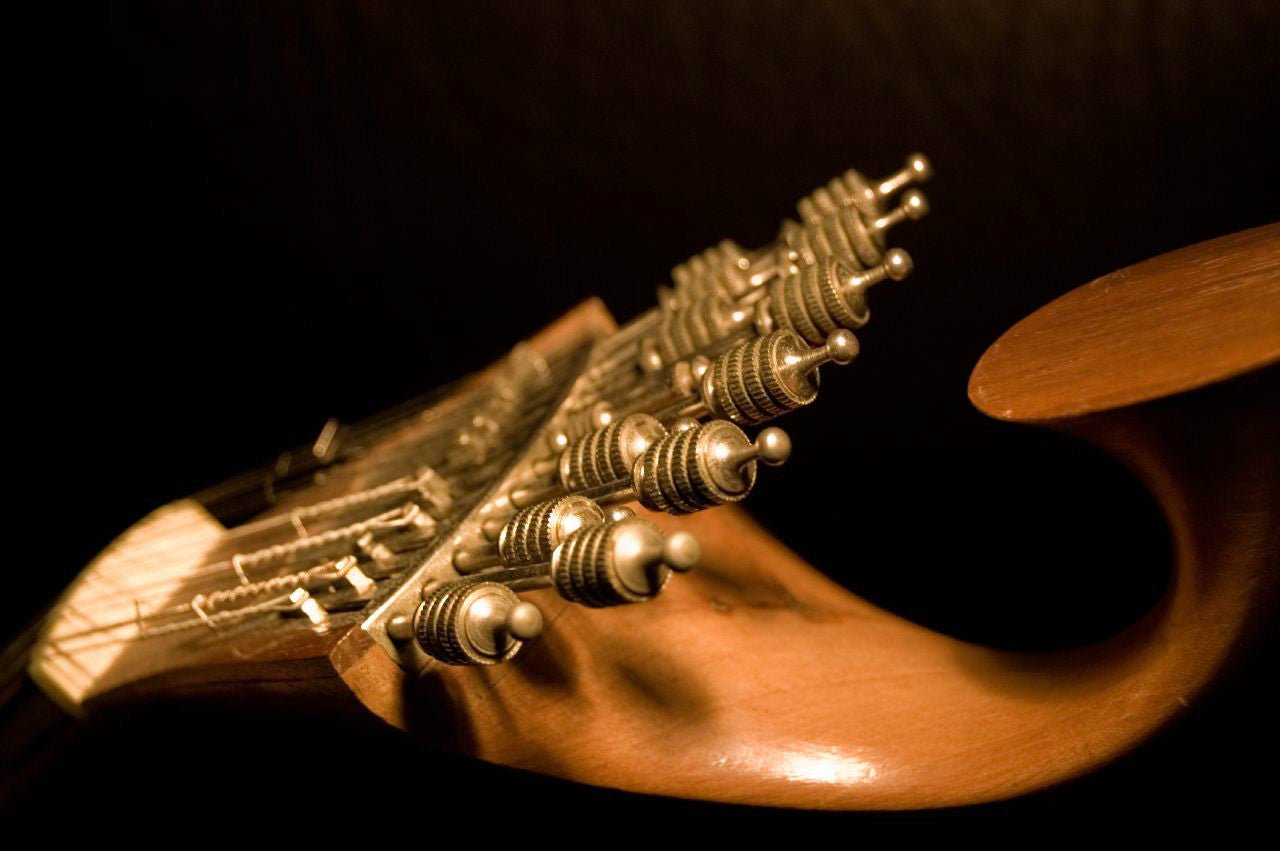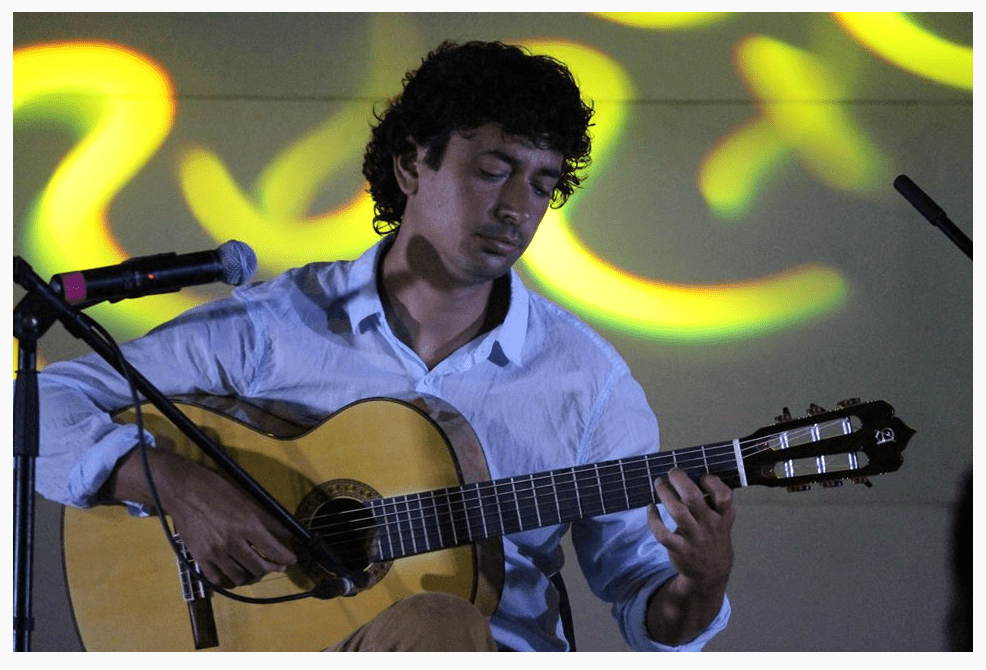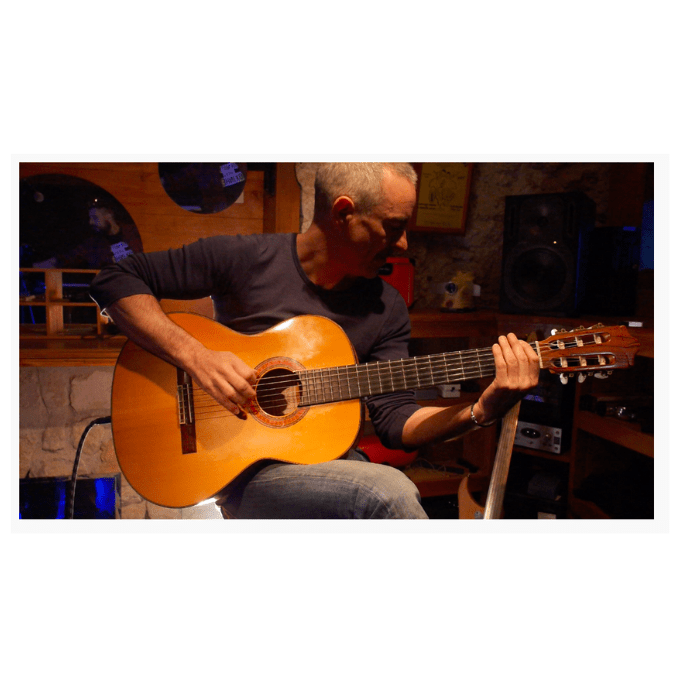
The Portuguese classical guitar: a symbol of national identity
The origins of the Portuguese guitar are associated with a possible evolution of the zither during the 18th century, an evolution that in Europe led to the origin of multiple similar string instruments. Its widespread use in Portugal was rapid, and it didn't take long to replace the Spanish guitar as the main instrument to accompany fado, the traditional Portuguese song.
Traditionally, there are three different models of Portuguese guitar: the Lisbon guitar, the Porto guitar, and the Coimbra guitar. Its body is pear-shaped, more convex than the Spanish guitar, and its sound is more vibrant thanks to a specific tuning of its highest strings. The declaration of fado as Intangible Heritage of Humanity in 2011 provided the definitive boost for this instrument, which has gradually transcended the limits of Portuguese popular music. Many young people are beginning to play the Portuguese guitar, fusing its sounds with those of other cultures and musical styles such as samba, jazz, and even rock and pop. The International World Music movement, sponsored by the British Peter Gabriel, has also included the Portuguese guitar as part of its intercultural fusion project. We are witnessing a radical change in the way this instrument is conceived. A change that has much to do with globalization, which of course also affects music, but which is also related to the interest of new generations in recovering and reconsidering the role of many traditional instruments that have fallen into disuse.












